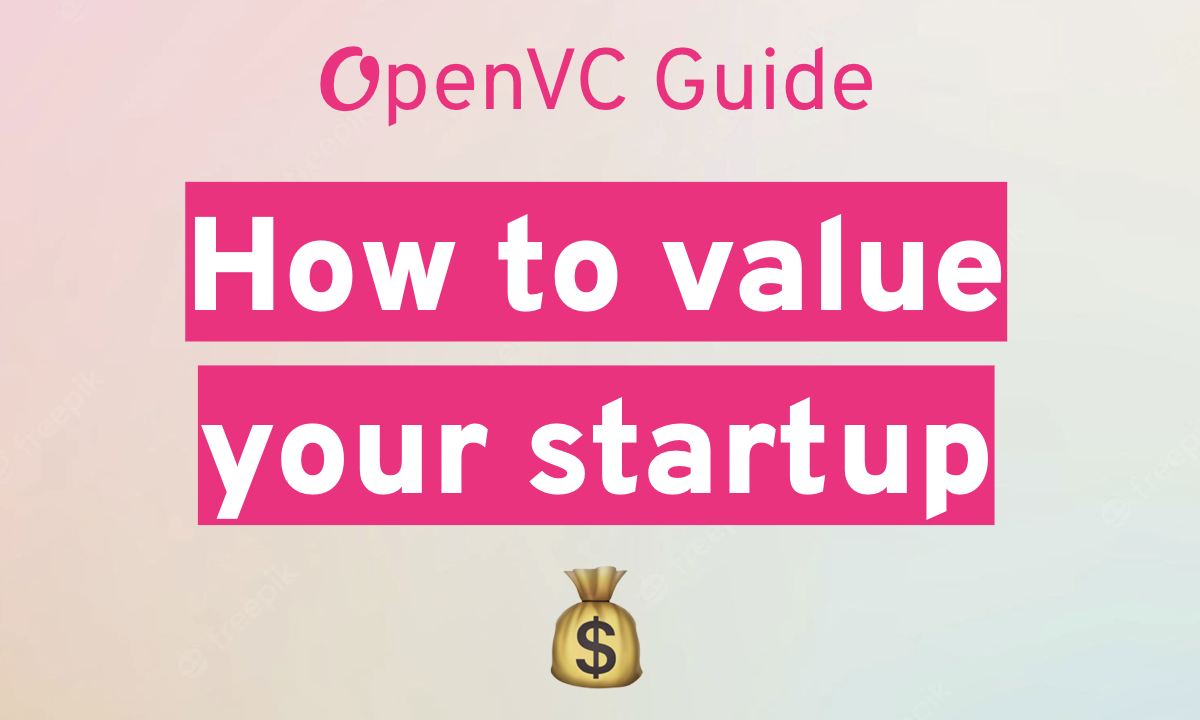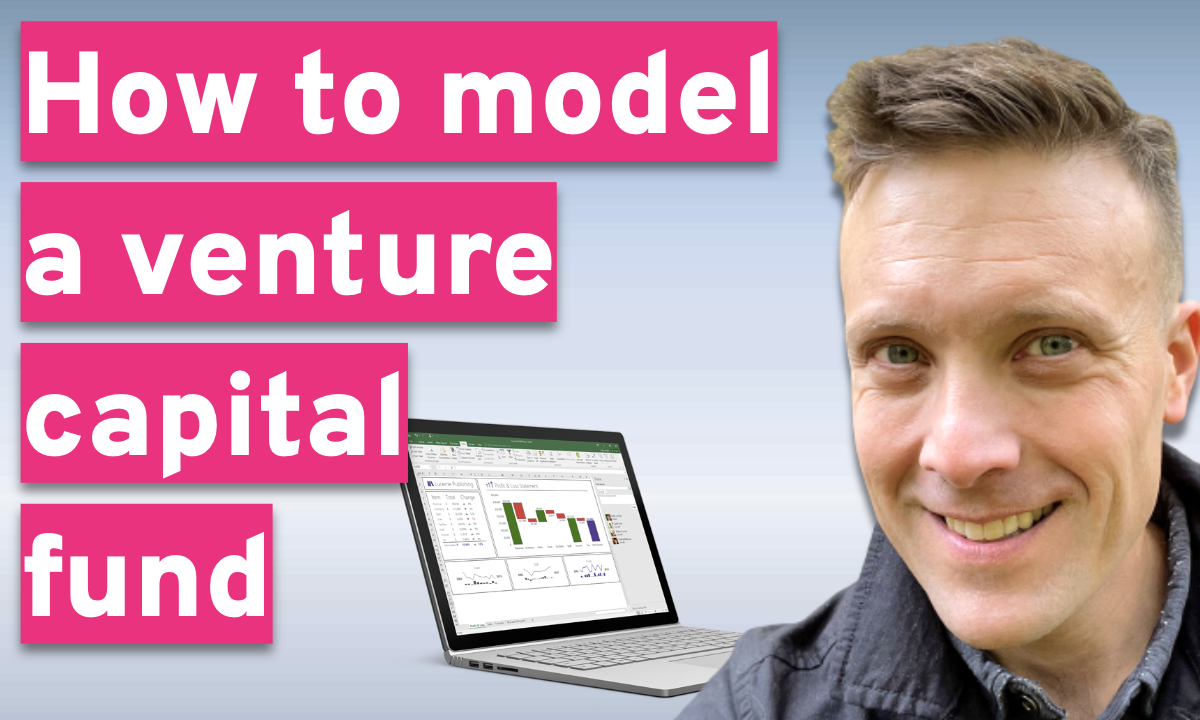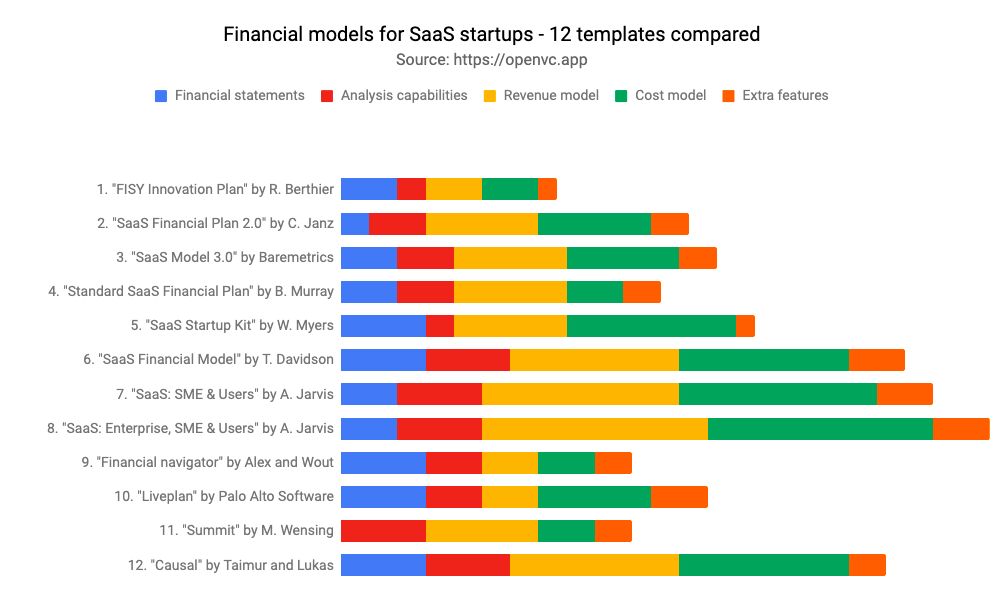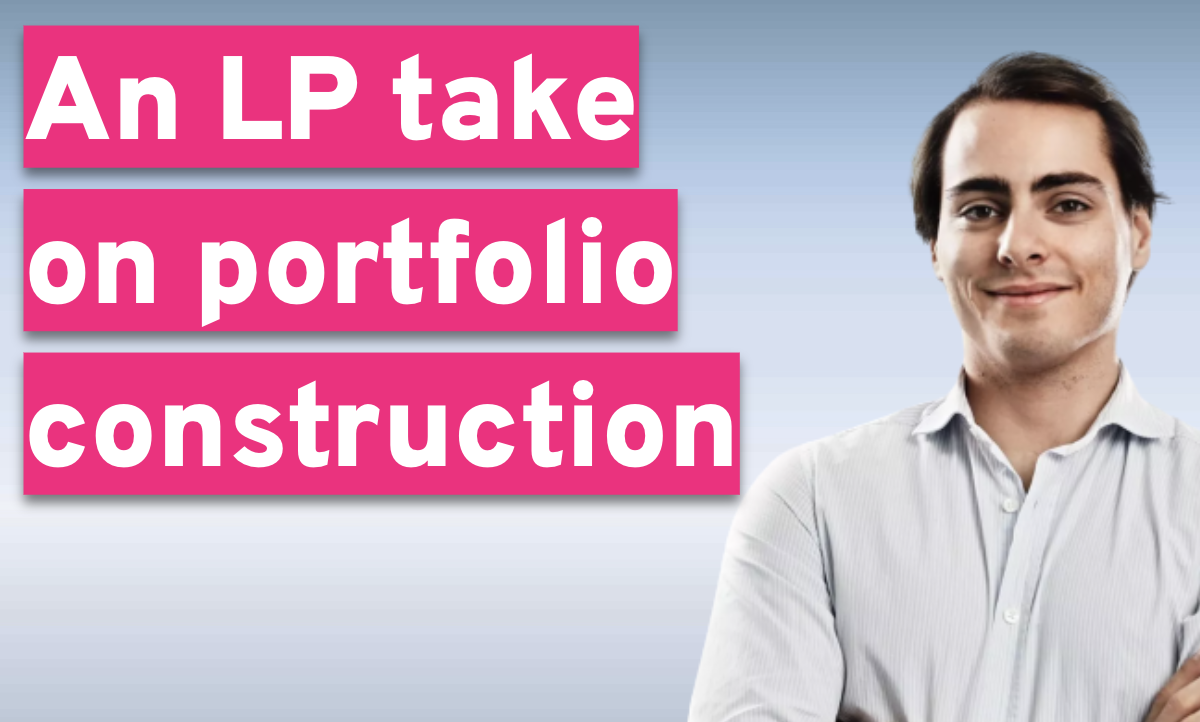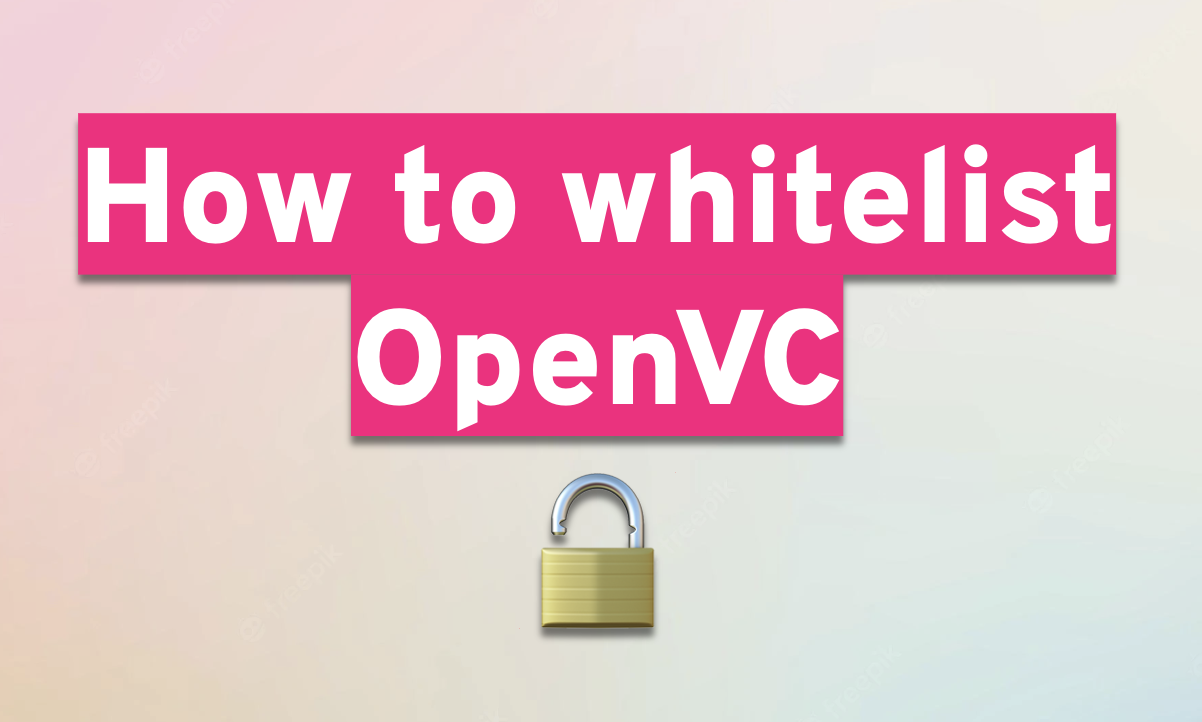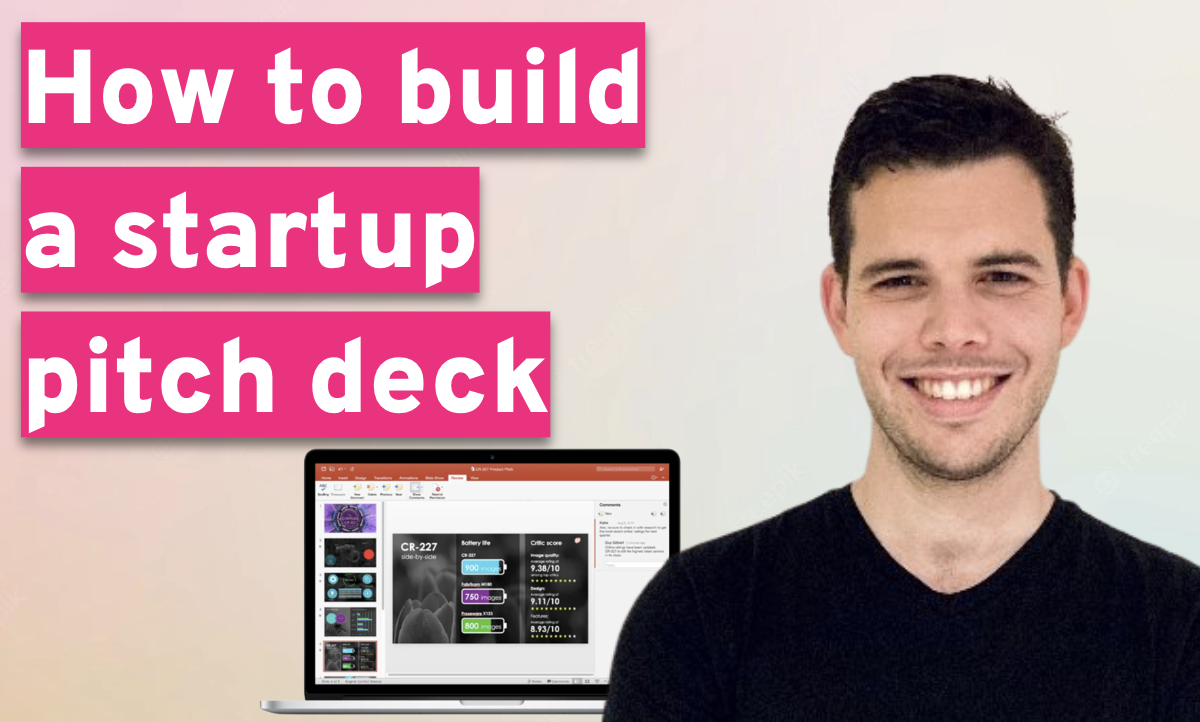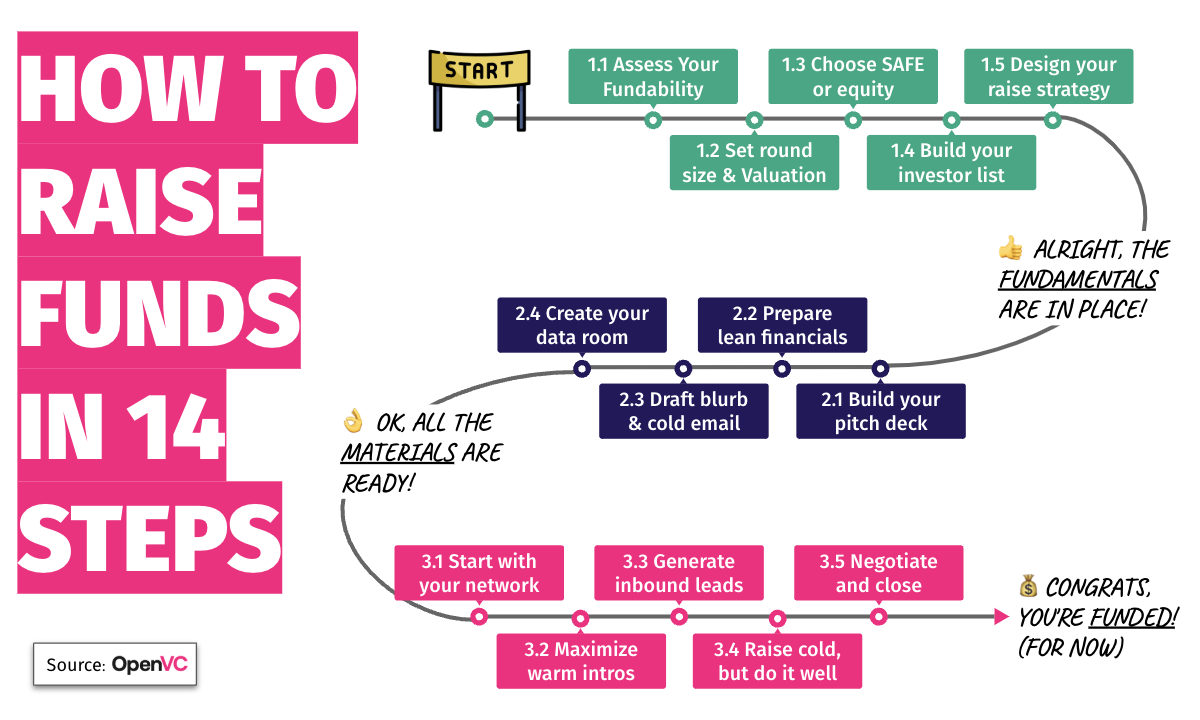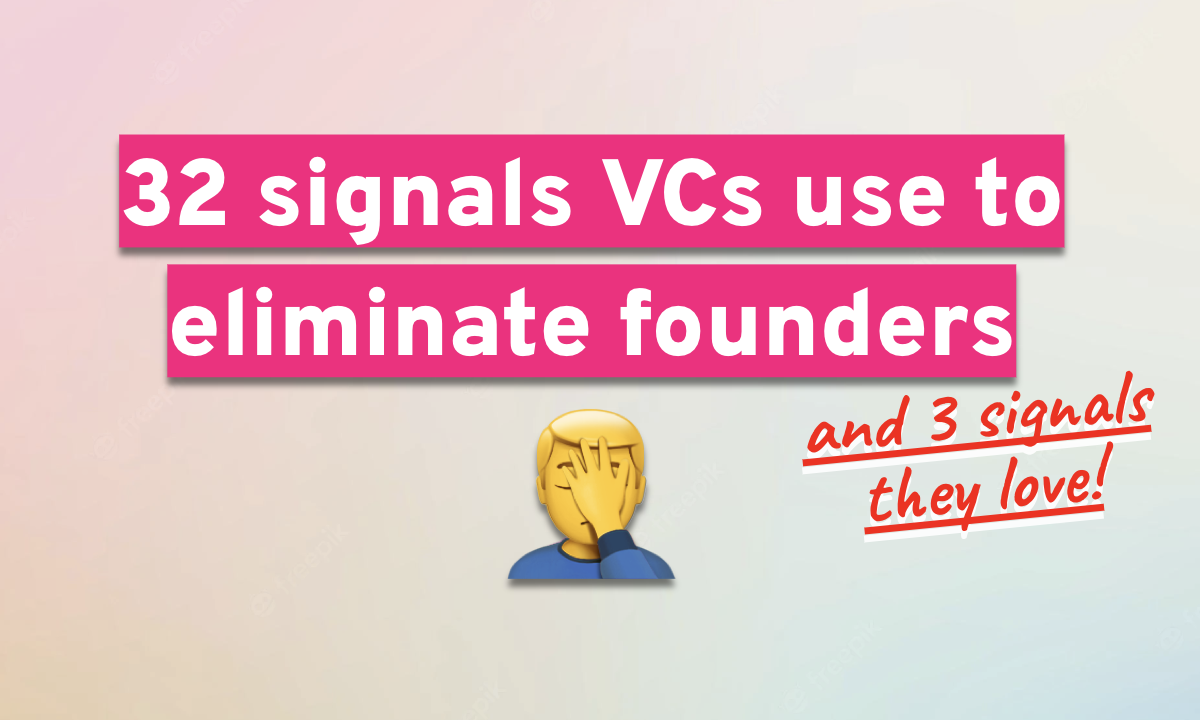In the world of startups, the most daunting challenge is often just getting started.
This is especially true when it comes to fundraising. The hardest stage is moving from zero to one—nothing to something. Once you have the initial momentum, the path from one to two and beyond becomes a little more navigable.
In my role leading marketing for one of the nation’s largest hardtech incubators, I work with founders during the earliest stages of developing new technologies. Of course, a startup’s greatest need is always capital and getting that first check can be daunting. Here are tips I’ve collected from the venture capital community to demystify what investors are looking for when considering early-stage investments.
Table of Contents
Embracing Your Role as Founder
Let's talk about angel investors.
The term "angel" originated because these individuals take a leap of faith on ideas long before they become profitable ventures. They often invest based on potential and passion rather than concrete data. This is a crucial point to understand for early-stage founders. Your first check, often from an angel investor, is not so much about your technology or product—it’s about you.
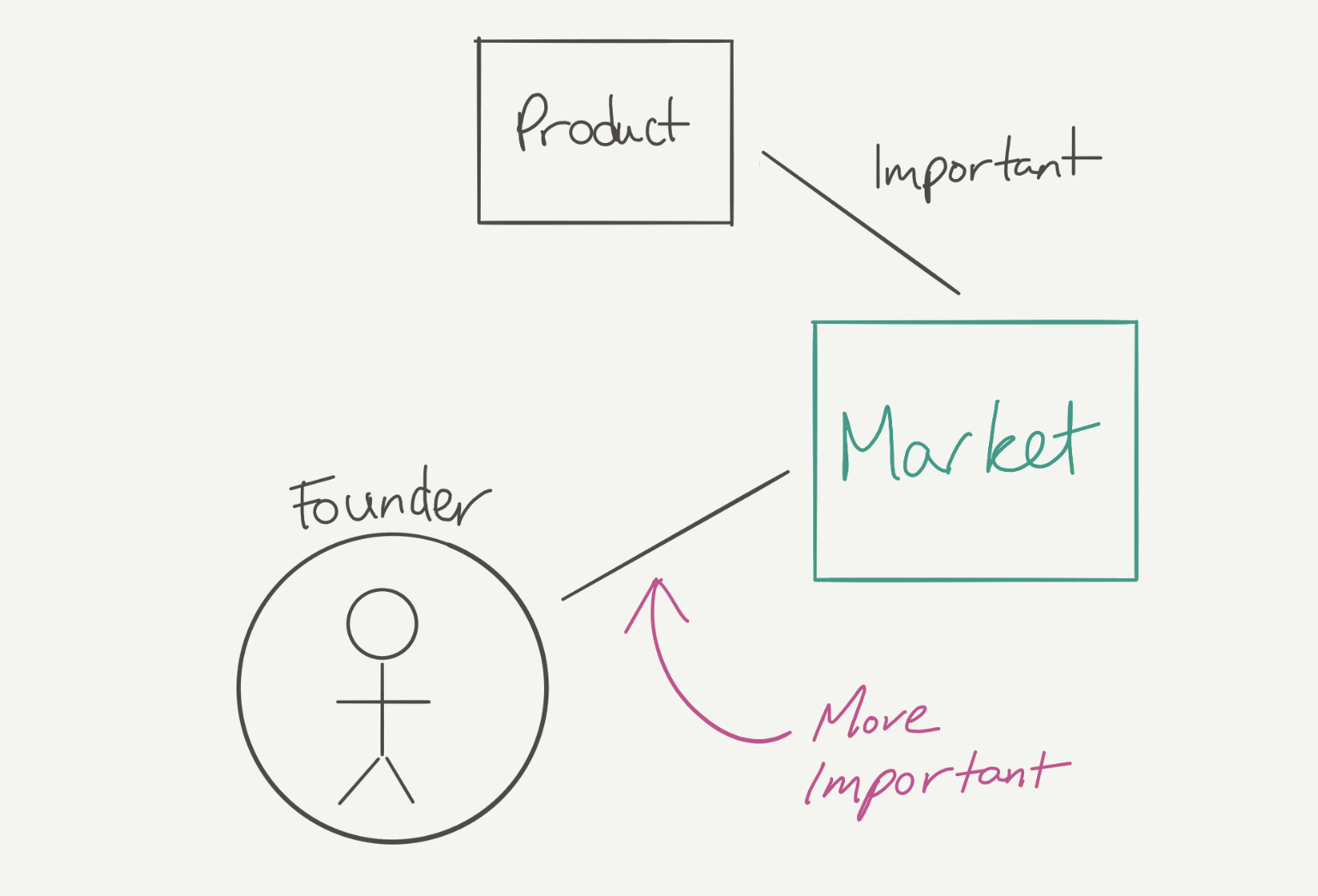
Investors look for a "founder-problem fit." They want to see a founder who is deeply passionate about solving a specific problem, one who is resilient and committed to navigating the inevitable obstacles. They aren’t just interested in your solution; they care about your obsession with the problem and knowing that you care more about actually solving that problem than making a bunch of money doing it.
Founder Attributes That Investors Value
There are several key attributes that investors look for in early-stage founders:
- Problem-Obsessed, Not Solution-Obsessed: Investors prefer founders who are more committed to solving the problem than to their initial solution. Being solution agnostic ensures that you will listen to customer feedback and adapt accordingly.
- Resilience: Starting a company is hard. Investors need confidence that you won’t quit when things get tough. Your ability to handle stress and keep moving forward is invaluable.
- Co-investors: Just as much as early-stage investors are scoping out a founder, they are also curious about the possible co-investors who are also investing in the company. They want to know who those co-investors are and about them. If you have the right investors at the table, they’re hopefully going to want to help you by doing more than just writing a check.
- Understanding of your terms: Setting terms is really important. Generally, the more capital you take on, the more you’re diluting the company. You don’t want your valuation and cap to be set too high and have to drop it later. It can look like no one is interested. Being able to talk to investors and have investor-friendly terms is paramount.
Understand the Art of Raising Capital
When approaching venture capitalists, don't fixate on valuation alone. As much as you want capital, think of these interactions as conversations. Find commonalities and build relationships.
Still, it’s important to understand the basic vehicles for raising capital:
- Priced Rounds are typically used in later stages (seed and beyond) and involve complex and expensive transactions. These rounds directly impute a valuation.
- Convertible Notes offer a simpler way to raise funds, acting as debt that converts into equity upon future financing. If the company doesn’t convert the note into equity by the maturity date of the note, the company may need to repay the principal and interest to the investor.
- SAFEs (Simple Agreement for Future Equity) provide even more streamlined access to capital, as it’s not considered debt, so there’s no interest rate or maturity date. It only converts to equity when there’s a qualifying event, like a priced equity round or an acquisition.
SAFE are increasingly preferred to notes for smaller rounds, with exceptions due to local tax or regulations. Priced rounds remain the default vehicle for larger rounds.
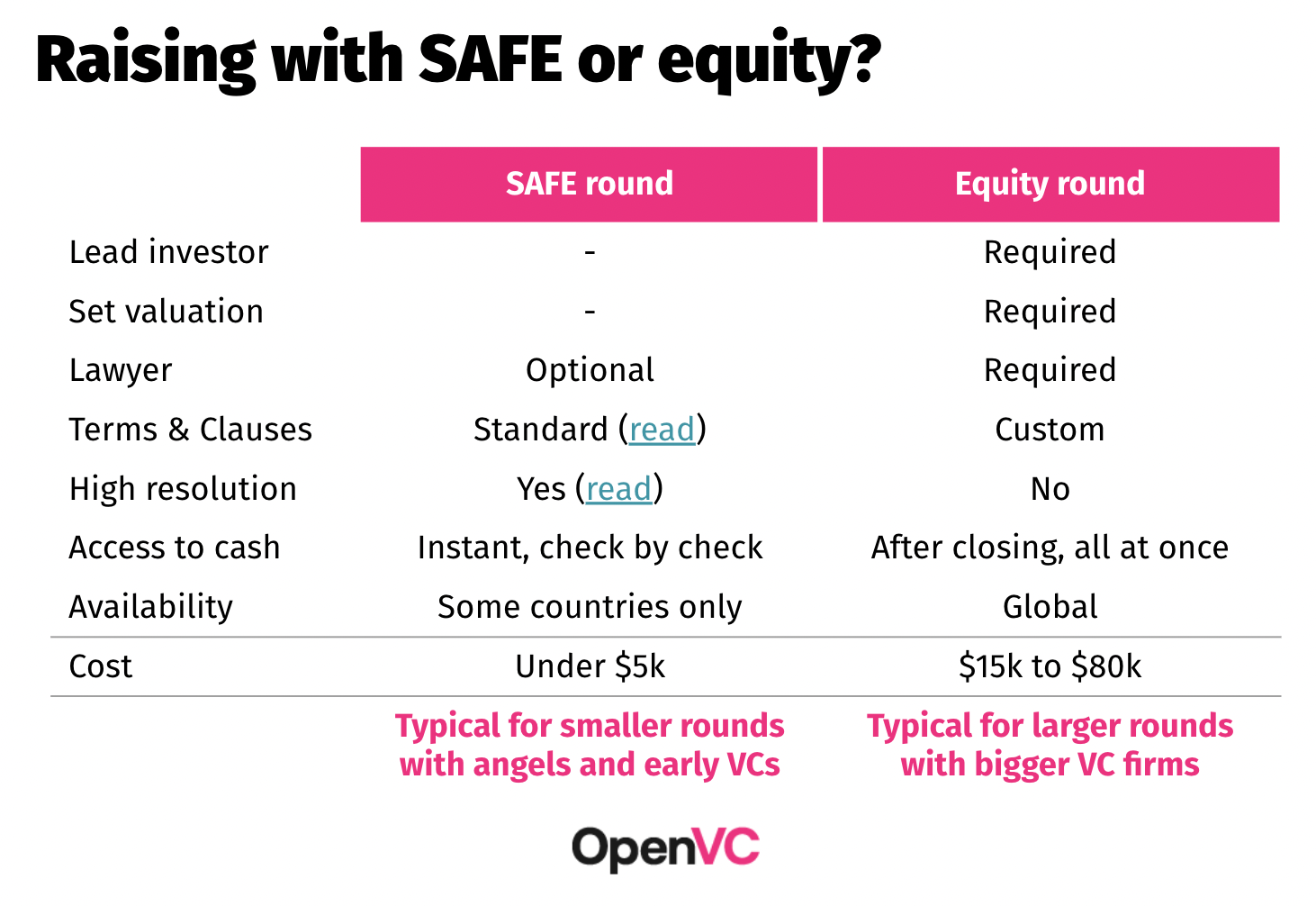
Stay True To Your Vision
Founders are forced to raise money, but it’s often not what they do best. Fundraising is not just about securing money; it's a learning process. Listen to feedback but avoid "mentor whiplash"—changing direction every time you hear a new opinion. Stay true to your vision while remaining open to insights that can help refine it.
Gathering a group of investors together can be an interesting strategy. It creates a comfortable environment for them to consider writing that first check alongside the interest of peers. It can take the pressure off being the first to put money in.
At the early stage, be prepared to give up 10 – 30% of equity.
Our best advice for Founders is to structure each round with the next one in mind. Consider the implications of your early equity decisions on future rounds. Striking the right balance now can make it easier to attract high-value investors later on without sacrificing too much ownership or flexibility in decision-making.
Don’t get stuck. Without that first check, it’s easy to get stuck without the initial momentum. Founders can get stuck on valuation and still be trying to raise a year or two later. Sometimes they just get stuck on the technology where they keep refining and refining without a feedback loop. Just move forward, because you will figure it out if you move forward.
HardTech Founder? This Section is For You
The early capital needs of hardtech founders are greater. To build a prototype and get a proof of concept or MVP, there are materials, equipment, and testing expenses. Layer that on top of the fact there is still investor hesitancy to lead an initial round into hardware. Investors may see too much time and expensive diligence and brand risk of putting their name on a technology that requires more up-front capital and a harder path to market.
For all startups, accelerator programs are good options because they provide a structure for de-risking investments. Accelerators resource a cohort of startups, creating a type of power law. They get companies to return quicker and can help them pivot and seek opportunities across verticals for the best path to commercialization.
Top accelerator program for hardtech solutions:
Hardtech founders typically have better access to non-dilutive capital than non-hardtech startups. You can quickly quell investor concerns about the capital intensity of a company by showcasing the levels of non-dilutive funding available at each stage. This showcases two things: first, that the investors’ holdings will not be fully diluted by VC capital, and second, that your company is not sensitive to just the VC market. If the VC market slows down for some reason, you can keep the capital door open by leveraging non-dilutive capital sources as an alternative. Most often, hardtech accelerator programs can help you with unlocking non-dilutive capital, as well.
A Call to Action for All Founders
To all early-stage founders out there, the path from zero to one may seem insurmountable, but remember that each step you take builds momentum. Seek out investors who understand your vision and are willing to invest in you as a person, not just your product. Engage in meaningful conversations, leverage third-party validations, and do not shy away from asking for input.
Investors, rally together to be the force multipliers they need. Writing early checks will enable the next wave of innovative solutions that will transform the world.
About the author
Kim Blomquist is the Senior Director of Marketing and Communications at mHUB where she works with hundreds of early-stage hardtech startups on their journey towards commercialization and supports the mHUB Ventures team in attracting and branding some of the most promising physical technologies in medtech, smart and sustainable manufacturing, and climate and energy tech. She co-authors the mHUB Ventures Investor Report and authors the mHUB Annual Report, both highlighting collaborations between industry, startups, investors and the firm’s 54 portcos.

